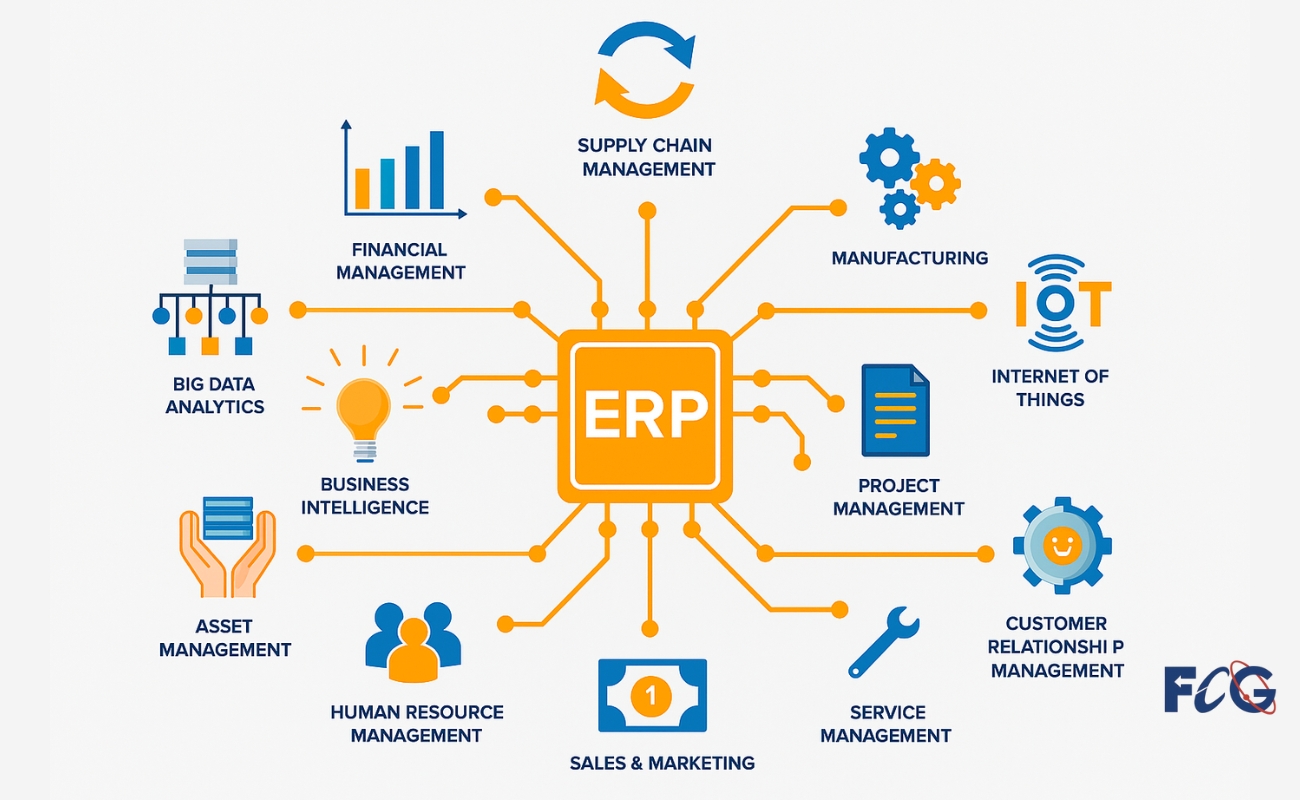Key Features of the Best Full-Stack Frameworks in 2025
In today’s fast-changing web development landscape, full-stack frameworks prove extremely handy as they help the developers achieve seamlessly dynamic web applications. Front and back-end developments are interwoven together into a cohesive structure that brings the efficiency of development along with fewer complications in creating an application for web, built from scratch. By moving to 2025, one could note the clear trend that the best full-stack frameworks will continue to advance to integrate new technologies, make things more secure, and provide robust features to answer the needs of both the developers and the businesses themselves.
Introduction to Full-Stack Frameworks
A full-stack framework is a type of software developing tool that allows developers to create any part of a web application, either the front-end or back-end. Front-end developments are those parts with which the UI and UX get to be interacted with, while the back-end development takes care of the server and database, which support how the site or application work. By combining the two factors into one framework, a developer can develop more integrated solutions faster.
The benefit of using a fullstack framework is that all aspects can be managed in one place to create a website. Whether you are developing a simple site or a complex, data-driven web application, all of these workflows are eased and speed up development time for both simple and complex applications, which include Node.js, Django, Ruby on Rails, and Laravel.
Features of Full-Stack Frameworks
Those full stack frameworks 2025 and considered best will be distinguished in their landscape by several key characteristics, which will make the development more appealing and even user-friendly. Let us dive deeper into the principal attributes developers should look for when they are choosing a fullstack framework.
1. Cross-Platform Compatibility
As businesses grow and their audiences diversify, the ability to build web applications that work across multiple devices and operating systems becomes an increasingly important requirement. Cross-platform compatibility will be one of the most important requirements for the best full-stack frameworks of 2025; this will allow developers to deploy applications that are responsive and perform consistently across desktops, tablets, and mobile devices. This feature provides an effortless user experience when both a Progressive Web App as well as a traditional web application is in use, with no difference in any device type.
2. Easy to use
The best full-stack frameworks will be user-friendly with rich documentation and strong support from the community. It is going to provide developers with easy-to-use tools making it easier to get started. A fullstack framework having a low learning curve and reusable components can dramatically reduce development time and allow businesses to launch projects faster and cheaper.
3. Scalability
With increasing business, the needs for web applications increase. Thus, the best full stack framework should be highly scalable with rising traffic and data. Developers can easily adjust the architecture of their application with a rise in user demand while still ensuring that the app doesn’t degrade in performance when there are more users, transactions, and data.
4. Security Features
Security is always at the top of a developer’s or business’s priority list. Since cyber threats and data breaches are becoming more rampant, the best full stack frameworks must be equipped with in-built security features that protect user data, prevent unauthorized access, and secure sensitive information. Full-stack frameworks in 2025 will most likely include improved encryption tools, more sophisticated authentication mechanisms, and other security features that will make it easier for developers to ensure an online environment is safe.
So, to learn more about landing pages, refer to this Blog – Types of landing pages
5. Modularity and flexibility
A fullstack framework must be flexible and modular to allow developers to build or delete parts as they consider necessary. Modular approaches on frameworks give the developer the ability to scale particular parts of the application independently without tangling with the whole system. Business applications, therefore, do not need to overhaul the complete code base for updating them or even making some necessary changes to it.
6. Real-Time Data Handling
In IoT and real-time processing of data, fullstack framework needs to be tool-enabled in the management of real-time data. Frames with the capabilities of working through WebSockets enable developers to make applications that quickly update their content or use live interaction and are best implemented in the e-commerce market, social media, as well as customer service sites.
7. Inbuilt testing and debugging tools
The best full stack frameworks of 2025 would also contain inbuilt testing tools, so QA and debugging of the process would also come under it. Bugs, errors, and performance issues would be found before actual deployment, so there would not be such a hitch in the application when live.
8. Integration with Third-Party Services
With more businesses implementing several tools to their workflow, a good fullstack framework needs to incorporate third-party services, including payment gateways, cloud storage solutions, and analytics platforms, which may easily integrate. The ideal fullstack framework should provide the APIs and include third-party support for some popular services directly built-in. In this case, it becomes easy to include extra features in business projects, rather than reinventing the wheel.
Why These Frameworks Will Dominate Tomorrow’s Projects
Web applications keep growing, as well as new technological advancement and therefore does the expectation of both the users and the developers, so the best full stack frameworks 2025 are going to lead to such development and provide a base to build cutting-edge applications efficiently, securely, and in a scalable way. These are going to be the building blocks for many reasons that are going to rule the roost for future projects.
The out-of-the-box features, which are likely to reduce extensive custom development work, are going to allow developers to come up with applications quicker and more efficiently. Mobile-first and cross-platform applications will continue to create a huge demand for these types of capabilities in frameworks. Digital security, increasingly becoming security-conscious, will also prompt developers and businesses to use frameworks with integrated security strongholds.
Summary
Full-stack frameworks will soon be one of the key drivers for the development of web applications, as the world of the digital progresses. In 2025, they are most likely to represent ease of use, scalability, security features, and flexibility. Those developers targeting the creation of powerful, dynamic web applications are going to have the most preferred choice of such fullstack framework. They will further shape the future web development industry by streamlining the developments of both the front-end and the back-end. At Glorywebs, it is well understood that the right framework for your web development needs is important. A new application or scaling one requires the best full stack framework to have a long-run impact on the success of any project. Stay ahead of the curve with the latest in full-stack frameworks and assure your business thrives in a digital age.














Post Comment